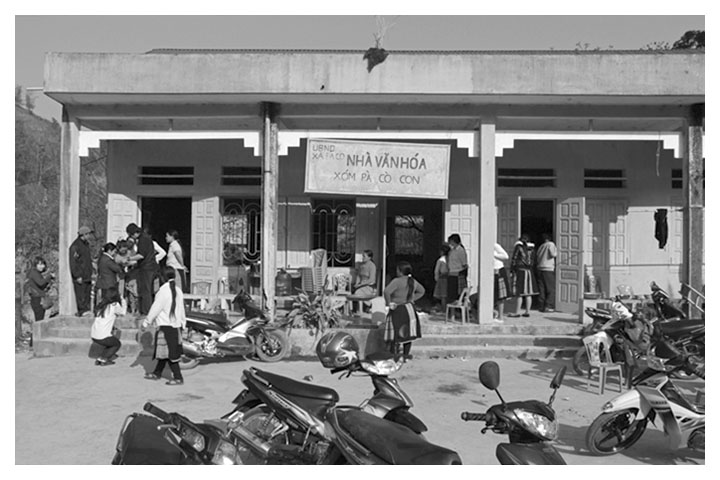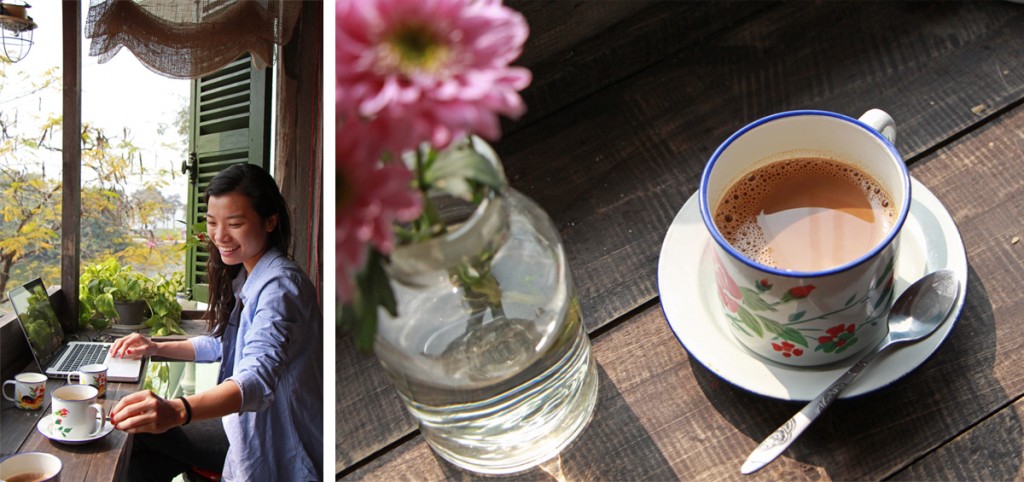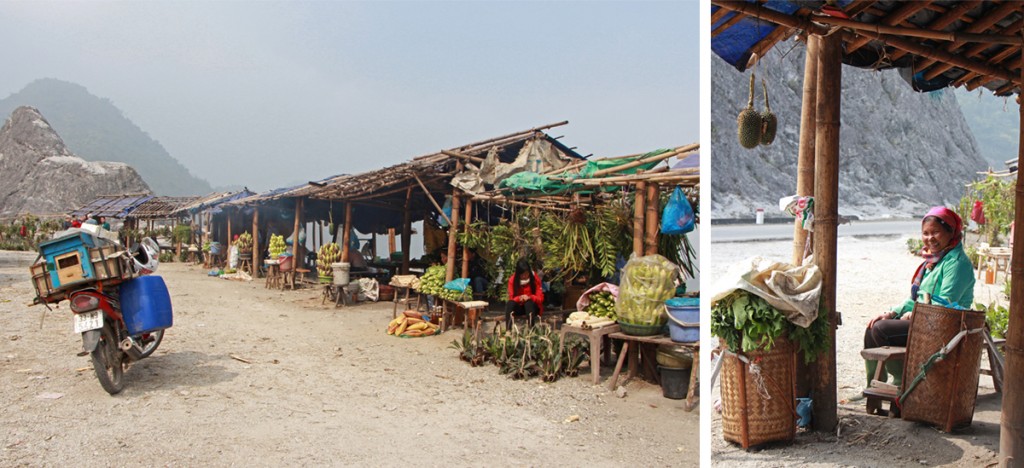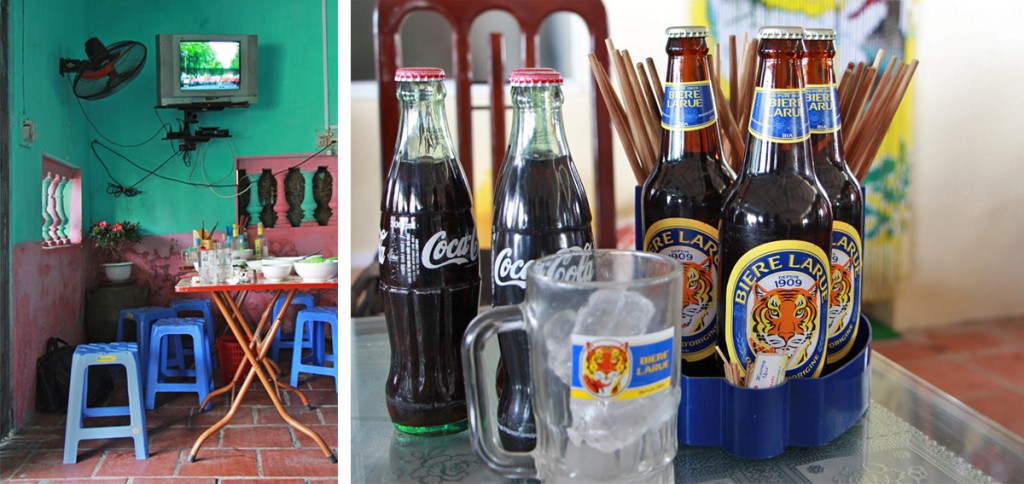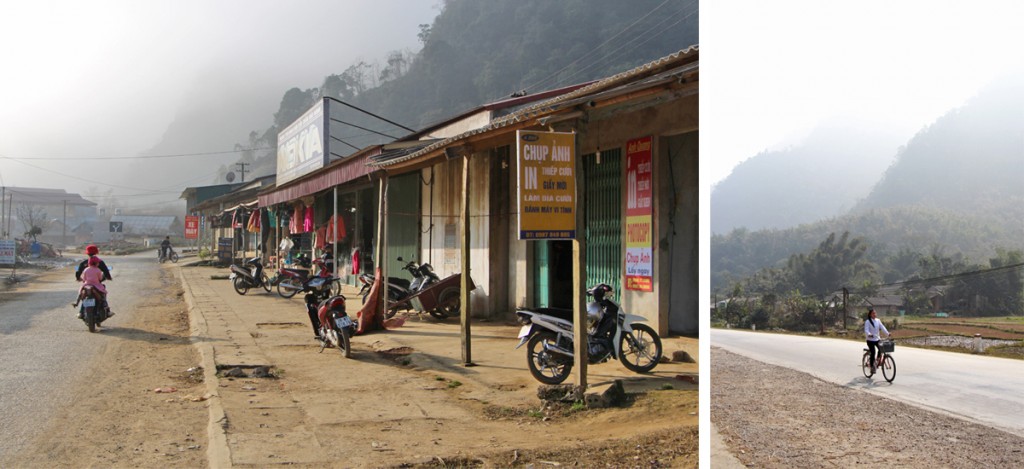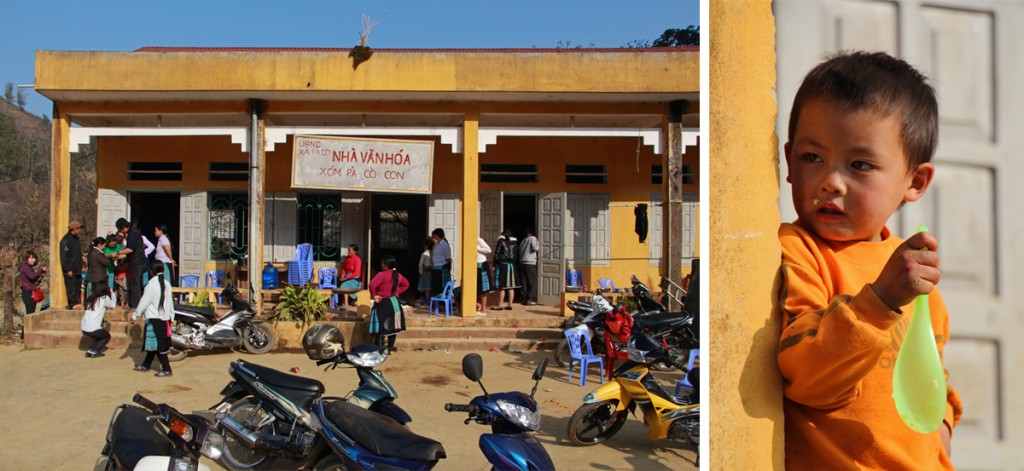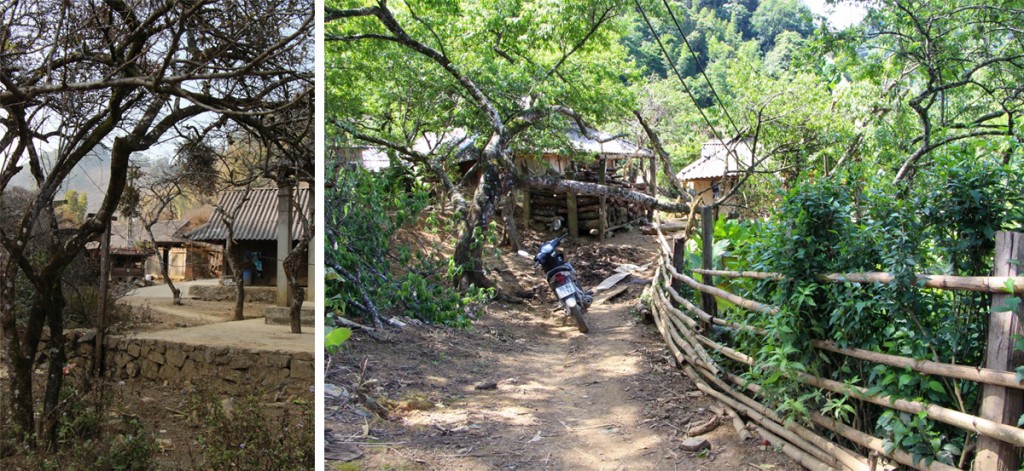On Christmas day last year, I caught my flight to leave New York and headed to Hanoi. After almost six years spent in New York, it was time for me to hit “refresh” – take a break, travel, make a change, and find inspiration.
Le 25 décembre dernier, je m’envolais depuis New York pour Hanoi. Après presque six années passées à New York, il était temps pour moi de prendre du recul et de faire une pause pour voyager, bousculer mes habitudes et m’inspirer encore.
Vietnamese drip coffee with sweetened condensed milk
Café vietnamien avec lait concentré sucré
Vietnam is such a fascinating country and Hanoi is absolutely mesmerizing. Just as much as challenging as it is. I meant to post some stories on this journal for a while but got caught into projects and kept delaying my writing. Today I thought it was time.
One project I got involved in was an ethnic textile project funded by SDC (Swiss agency for development and cooperation) and executed by Vietcraft (Vietnamese handicraft exporters association). The project works with the entire value chain of silk and hemp textile production of three ethnic groups – Tai, Muong and Hmong living in Hoa Binh, Thanh Hoa and Nghe An. This project touches on every step of the process – from efficient cultivation practices to sustainable material processing and market-oriented product-making. The team carries on a mission to help the ethnic weavers and textile makers sell their products beyond the local community, thus generating a better, more sustainable flow of income. As a design consultant, my job is to introduce new designs to make ethnic textiles more relevant to the modern local and international markets.
Le Vietnam est un pays fascinant et Hanoi est captivante. J’avais l’intention de poster ici quelques articles pour raconter mon expérience mais me suis rapidement retrouvé submergé de projets. Il était temps.
L’un de ces projets est dédié au “textile ethnique” local. Il est financé par SDC (Swiss agency for development and cooperation) et exécuté par Vietcraft (Vietnamese handicraft exporters association). Le projet se concentre sur l’ensemble de la chaine de valeur de production de soie et de chanvre de trois groupes ethniques – Tai, Muong, Hmong de Hoa Binh, Thanh Hoa et Nghe An. Le projet concerne chacune des étapes de la production: depuis les méthodes de cultivation jusqu’aux techniques de transformation et la fabrication de produits. La mission de l’équipe est d’aider les tisseurs et fabricants à vendre leurs produits au-delà de la communauté locale et de générer ainsi un meilleur et plus stable revenu. Je participe comme designer consultant pour développer de nouveaux produits et rendre les textiles ethniques plus adaptés à la demande du marché moderne, qu’il soit local ou étranger.
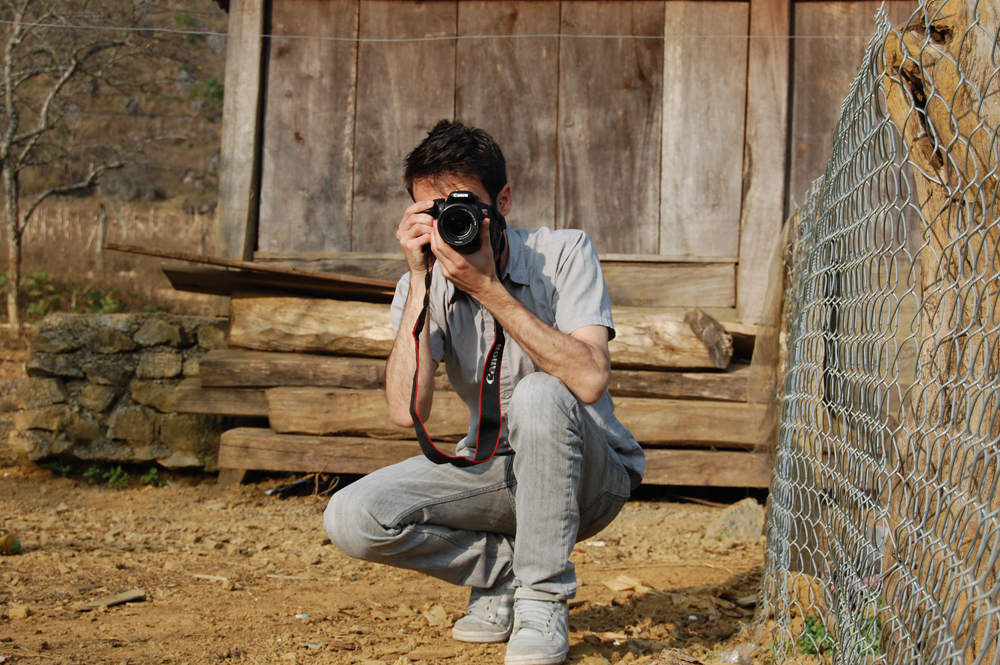
In Pa Co
A Pa Co
Studying the tradition of the ethnic weavers is an inevitable, also one of the most exciting task on my list. I have been visiting several villages, each having their own characteristics: some grow and weave hemp, others silk ; some do brocade and embroidery, others do indigo batik. The latter is the specialty of the blue Hmong from Pa Co that I visited 3 times to observe and document their process of making textile. I’ll try with those posts to share what I’ve learned. So let’s go to Pa Co?
L’étude de la tradition des tisseurs était une étape indispensable, et aussi l’une des plus excitantes du projet. J’ai ainsi visité plusieurs villages, chacun ayant leurs spécificités: chanvre ou soie, brocade ou broderie… Les Hmong dont je vous parle aujourd’hui, eux, sont spécialisés dans production et le tissage de chanvre ainsi que dans la teinture d’indigo. Lors de mes trois dernières visites, j’ai pu observer et documenter leur tradition textile, dont je vais vous raconter l’histoire. Ok. Let’s go to Pa Co?
Landscape around Pa Co
Paysage près de Pa Co
Before getting there, you got to experience the trip itself, as “going to Pa Co” is actually quite of an experience. The village is located up in the mountains and it takes about 4 hours to drive from Hanoi. The bumpy roads takes you through a bunch of small villages and endless rice fields. I am always amazed by the rich tropical landscapes from Vietnam: the land is covered with trees, wild and green all around.
Mais avant d’arriver à Pa Co, vous devez vivre le voyage en lui-même: “aller à Pa Co” c’est déjà une expérience en soi. Le village se situe dans les montagnes à 4 heures de voiture de Hanoi. La route cabossée vous emmène à travers de nombreux villages typiques et des rizières à perte de vue. Je suis toujours fasciné par la végétation tropicale de la région, si verte et sauvage.
Vendors on the side of the road selling fruits, rice snacks, boiled corn and wild orchids.
On the bike is a bee hive, and next to the lady you can see two woven backpacks
Stands au bord de la route vendant fruits, encas et orchidées sauvages.
Sur la moto, vous pouvez voir une ruche d’abeilles et près de la femme souriant, deux sacs à dos tressés
Lunch stop and local Bia Da – beer with ice cubes
Pause déjeuner et Bia Da locale – bière avec glaçons
Local stores on the way to Pa Co
Échoppes sur la route de Pa Co
The community hall of Pa Co during the celebration of the Lunar New Year, Tet
La maison communale de Pa Co durant les festivités de la nouvelle année lunaire, Tet
Pa Co during winter and summer
Pa Co pendant l’hiver et l’été
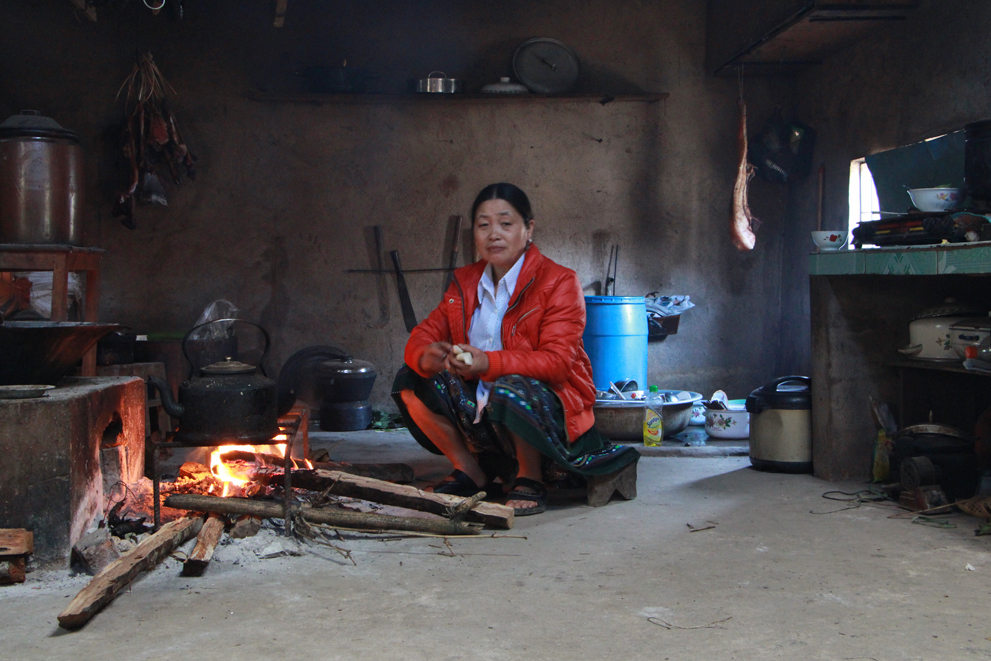
Ms Ganh, our host for our first visit, preparing tea
Mme Ganh, notre hôte lors de notre première visite, préparant du thé
Dinner : smoked pork, fried rice dough and opium wine
Dîner: porc fumé, pâte de riz frite et vin d’opium
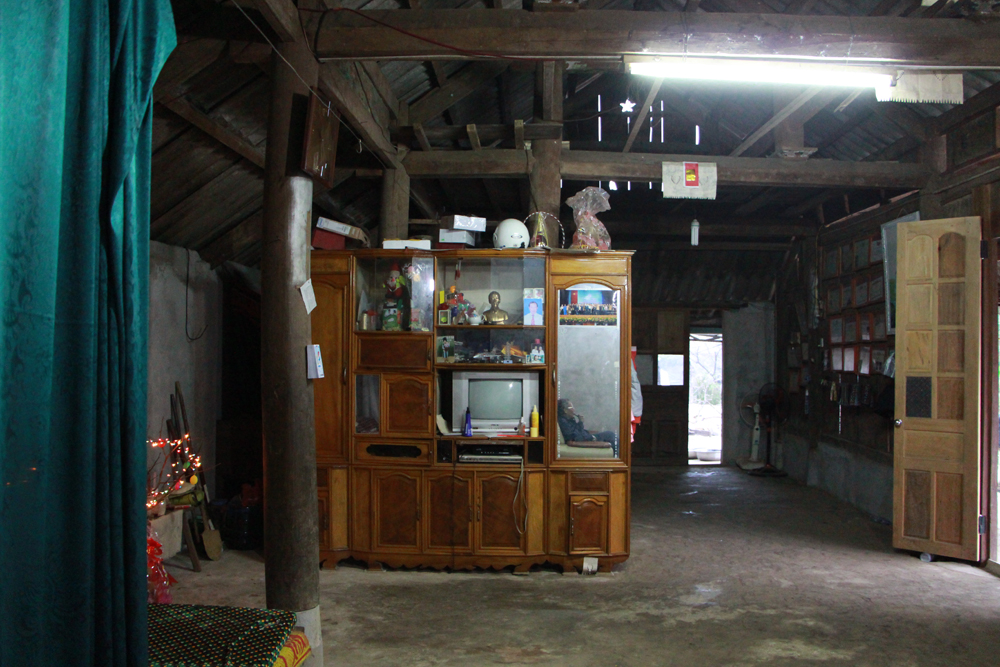
The main room of Ms Ganh’s house
La pièce principale de la maison de Mme Ganh
Now that you know Pa Co, stay tuned for my next post about Hmong tradition of growing and weaving hemp!
Maintenant que vous connaissez Pa Co, ne manquez pas mon prochain article où je vous raconterai la tradition Hmong de culture et tissage du chanvre!

